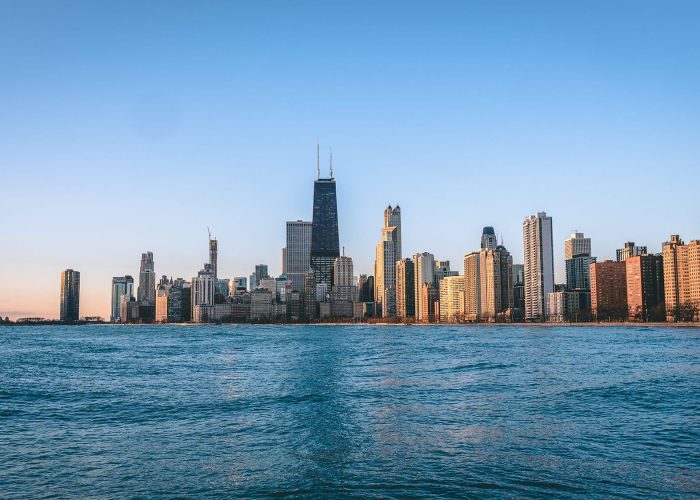Looking to attract more tourists to your restaurant in Chicago? In a city packed with culinary gems, standing out means more than just great food — it means being visible where travelers are searching. Platforms like Google Maps and Trivago are essential tools for tourists planning their dining experiences. So, how can your restaurant show up where it matters most?
In this guide, we’ll break down smart local SEO strategies to help restaurants in Chicago get noticed by travelers — and turn searches into bookings.
Why Tourists Search for Restaurants on Trivago and Google Maps
When visitors land in Chicago, the first thing they do is pull out their phones and search for “best restaurants near me.” Platforms like Trivago aren’t just for hotels anymore — they aggregate reviews, showcase locations, and link to booking platforms.
Google Maps, on the other hand, is a top choice for finding local spots based on location, reviews, and photos. If your restaurant doesn’t appear in these search results, you’re missing out on a huge slice of tourist traffic.
Step 1: Optimize Your Google Business Profile
Your Google Business Profile is the key to showing up in local searches — especially when tourists search terms like “restaurants in Chicago.”
Key actions:
- Claim and verify your listing
- Add accurate business hours, contact info, and website link
- Upload high-quality images of your dishes, interior, and menu
- Collect reviews from happy customers (especially tourists)
- Use keywords like “authentic Chicago food” or “family-friendly restaurant near Millennium Park”
Step 2: Get Listed on Trivago (Even If You’re Not a Hotel)
While Trivago is hotel-focused, restaurants inside or near listed accommodations often appear in related searches. To leverage Trivago:
- Partner with nearby hotels and ask them to list your restaurant on their profiles
- Ensure your restaurant is listed on travel-related directories (like Yelp, TripAdvisor, and Foursquare), which Trivago often pulls from
- Use schema markup on your website to help search engines understand your business type
Step 3: Use Location-Based SEO on Your Website
If tourists can’t find your restaurant online, they won’t walk through the door. Make sure your website content is optimized for local SEO.
Tips for restaurant SEO:
- Add your full address and embed a Google Map on your contact page
- Include local keywords: “best brunch in Chicago,” “restaurants near Navy Pier,” etc.
- Write blog content aimed at tourists: e.g., “Top 5 Local Dishes Tourists Must Try in Chicago”
- Use fast, mobile-friendly design (most tourists search from phones)
Step 4: Encourage Reviews From Tourists
Google prioritizes businesses with recent, positive reviews — especially from tourists who mention key phrases like “on vacation in Chicago” or “near downtown.”
How to ask:
- Add a QR code on the table linking to your review page
- Offer small incentives (like a free dessert) for leaving a review
- Ask politely after a good dining experience
Step 5: Build Local Backlinks
If your restaurant gets mentioned on local blogs, travel sites, or news outlets, it boosts your SEO ranking.
Easy backlink ideas:
- Get featured in “Top Restaurants in Chicago” lists
- Submit your restaurant to local food and travel blogs
Tourists are already searching for restaurants in Chicago — make sure your spot is the one they find. By focusing on Google Maps visibility, optimizing for travel platforms like Trivago, and leveraging local SEO strategies, you can increase foot traffic, bookings, and buzz.
Want to boost your local SEO and attract more tourists? Start with these steps and watch your restaurant become a must-visit stop in the Windy City.

